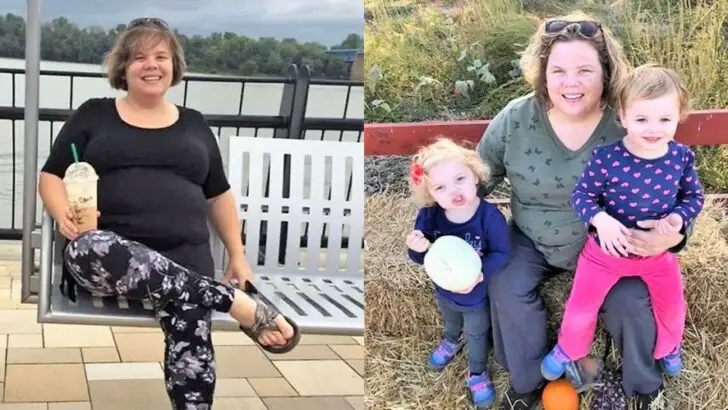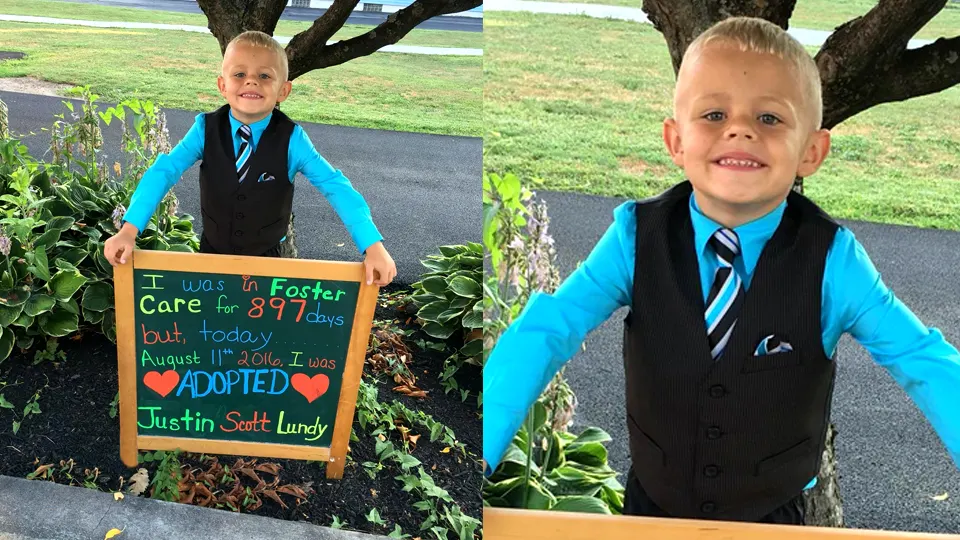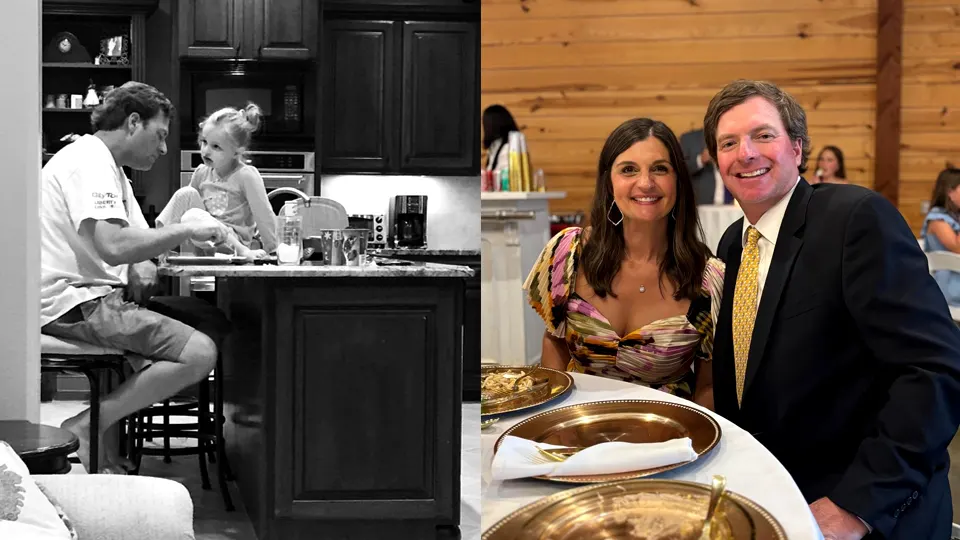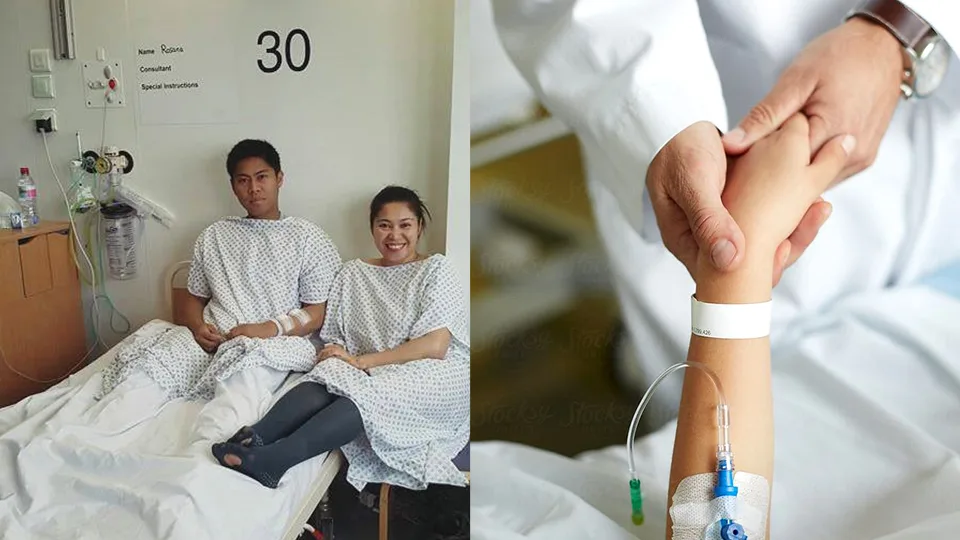Hope isn’t loud; it’s a whisper that says “try again” when your hands are shaking, keep listening, ask for help, and believe that your family can grow in more ways than you imagined. On June 19, 2016, everything quietly shifted for their family, though they didn’t know it yet. Years earlier, their first child, Grant, arrived easily, a gift they assumed meant more babies would follow. But five years passed with no siblings. A gynecologist handed over Clomid without much digging; nothing changed. An IVF clinic finally offered answers: low egg count, poor quality, and a uterine polyp that got removed. Time felt like an opponent.
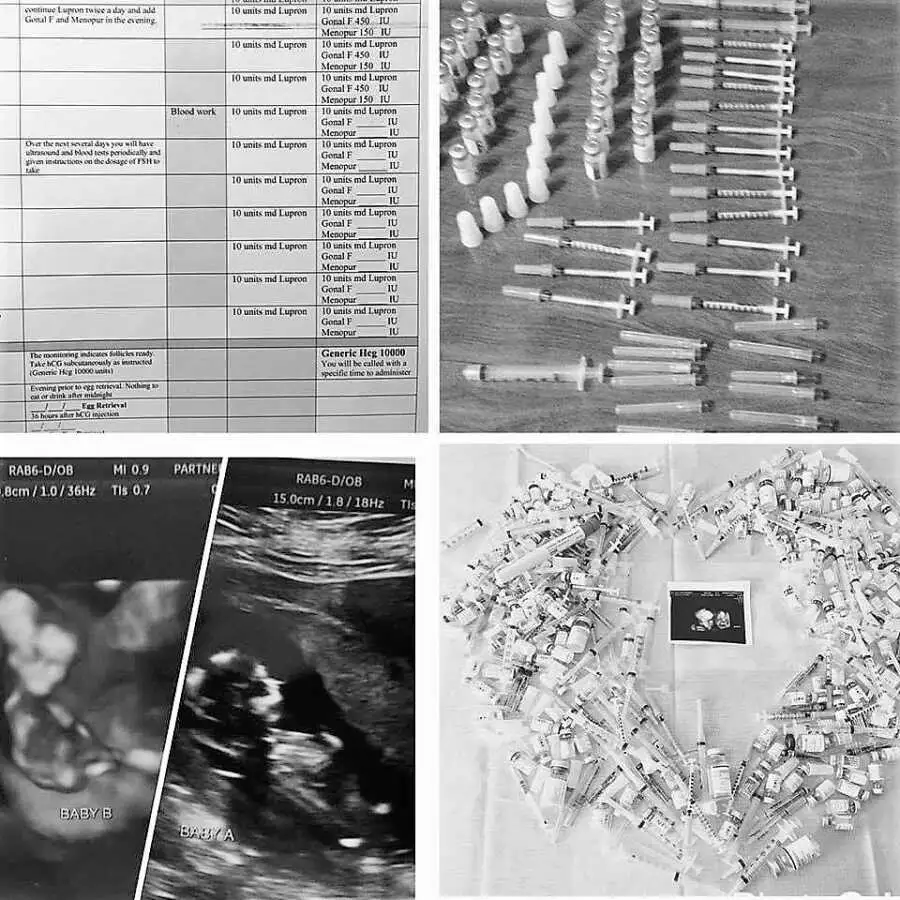
Insurance delayed its start until January 2016. The moment coverage kicked in, she chased down thousands of dollars’ worth of meds and began twice-daily injections, bloodwork, and internal scans every few days. After HCG and surgery, four eggs were retrieved, three fertilized, and all three were transferred on January 23. None stayed. Believing life begins at conception, she mourned those embryos as babies she had already loved. They tried again with a different cocktail of medications.
When her eggs looked weak, they pivoted to IUI. A third protocol followed in April, more injections, bruises, miles on the car, and hope rising and falling between each scan. Six eggs became four abnormal embryos that could not survive. The phone call came straight from the doctor; she cried in the parking lot. Her nurse cried too. The clinic had grown invested in them. Despite the grief, they pressed on.
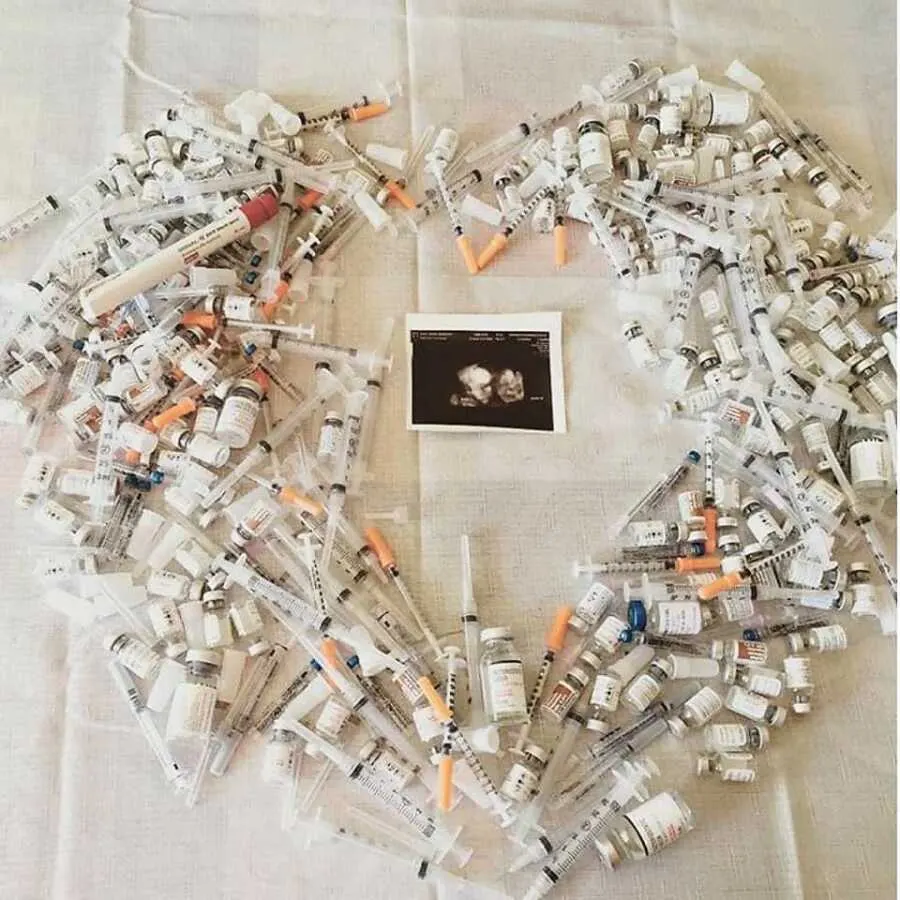
June brought one last try before a more extended break. Her estrogen stayed low; cancellation loomed. She asked the team to keep going; better to try with two embryos than stop again. On June 19, five follicles were retrieved. By the lab’s count, three didn’t make it. Two remained: a grade-3 eight-cell embryo with slim odds, and a fast-dividing grade-3 eighteen-cell embryo the doctor called their “superstar.” Neither was expected to last to day five, so both were transferred on June 22. The two-week wait stretched thin. She took home tests early and watched the line darken day by day. Bloodwork confirmed it: pregnant. At the first scan, the sonographer needed only seconds; there were two heartbeats. Everyone was stunned. Twice blessed. Months later, on January 20, 2017, Libby and Alaina arrived and completed their family.
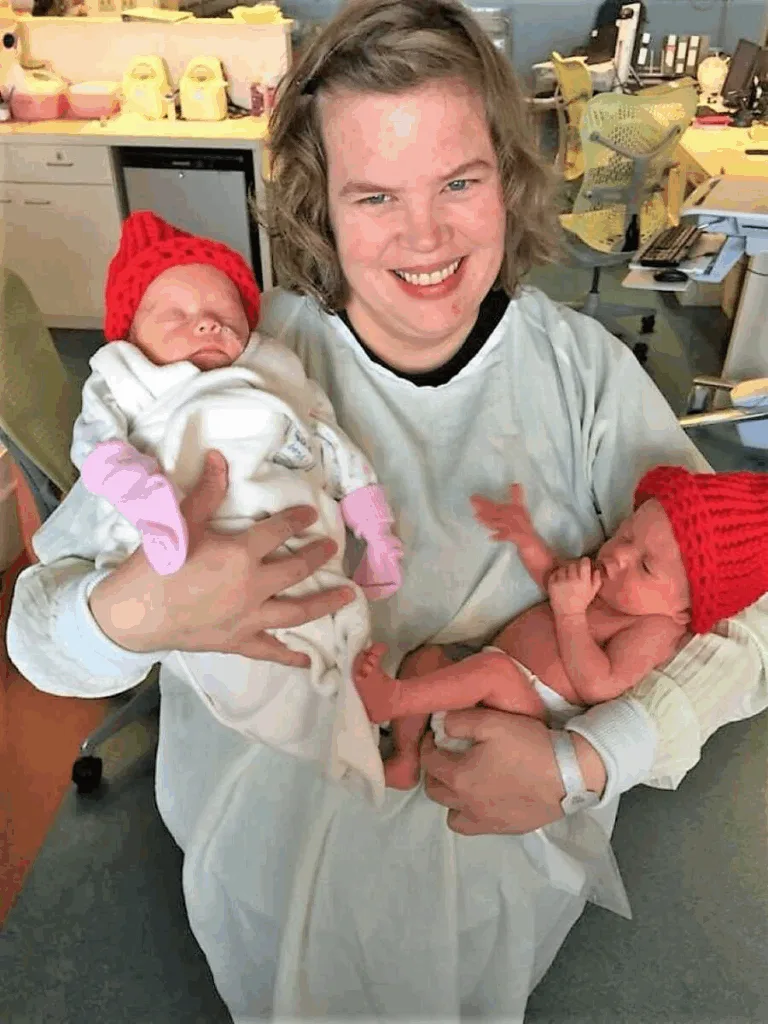
The path there wasn’t just medical; it was emotional and financial. She reached her out-of-pocket max in a week. She showed up to work while FedEx kept delivering coolers packed with medicine. Her belly became a map of welts. Hope surged and collapsed with every measurement. Family rode the roller coaster with them, cheering when numbers rose, grieving when bloodwork said no. Through it all, she kept praying, even on the day she felt too empty to pray more and settled on, “It is well, however this turns out.”
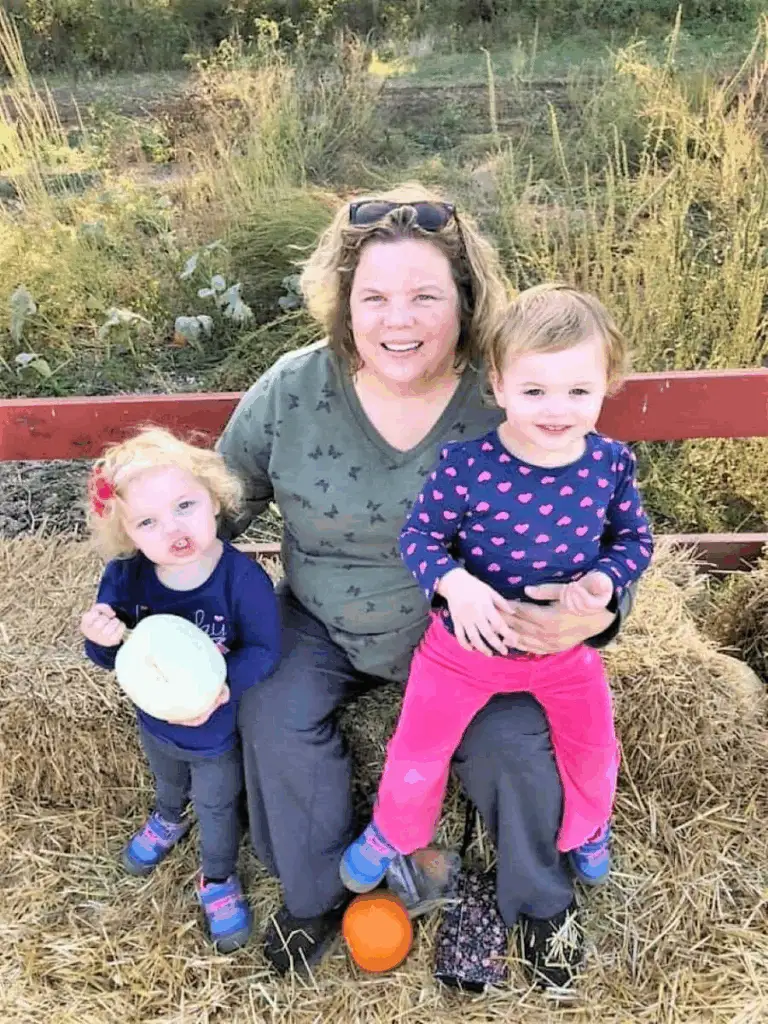
She shares openly because silence can wound. One in eight couples faces infertility, yet many feel they have to keep it secret. People mean well but say things that sting: “You already have one,” “Just adopt,” “It’ll happen when you least expect it.” What helps most is simple: listen if they want to talk, don’t push if they don’t, and offer steady kindness without advice. Their embryos weren’t “tries”; they were loved from the start. Month after month, they weren’t failing; they were enduring.
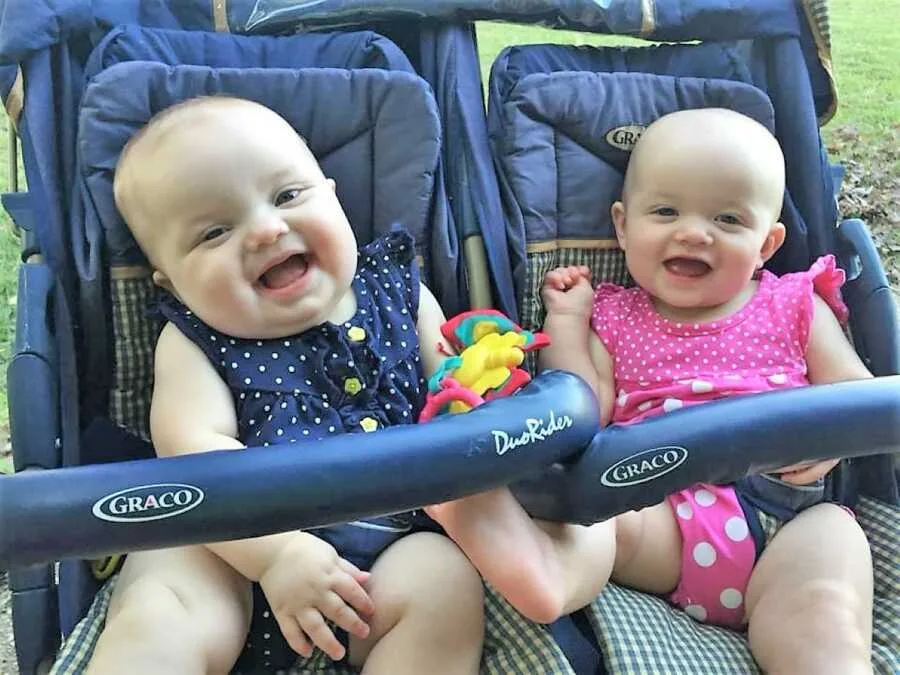
The procedures were invasive and awkward. There were rooms and scans and needles that most people never see. But she refuses to be embarrassed. She tells the story for her twins, for the friends who walked this road alongside her, and for anyone still in the thick of it, whether they’re pursuing IVF, IUI, trying naturally, fostering, or adopting. She wants them to know they’re not alone, and that faith, science, and community can make a powerful team.

